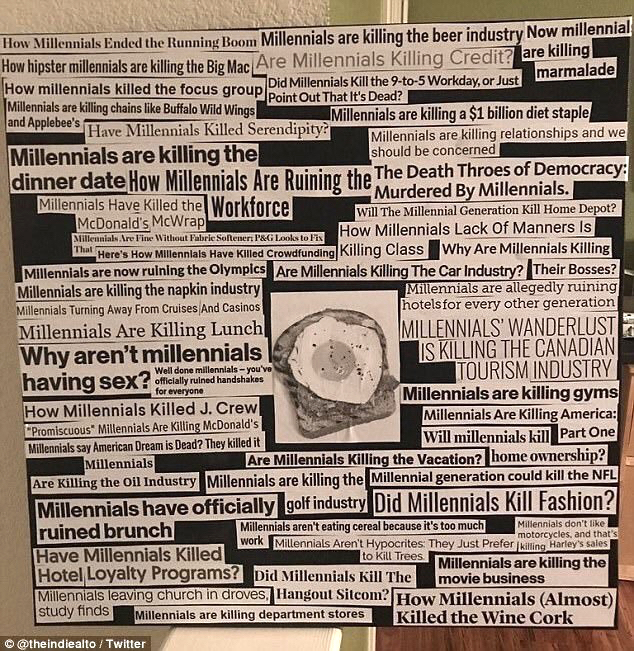As Millennials reach their 40s, Boomers are retiring in droves. Workforce demographics are shifting quicker than ever, and so are the expectations of the young workforce. While it may seem like an easy task to engage a younger workforce, it is usually anything but.
Younger workers are making up a greater percentage of the workforce every year
Millennials are now the largest generational cohort in the U.S. at approximately 72 million. And Bloomberg reports that the number of Gen Z workers will triple by 2030 to about 51 million. With Millennials and Gen Z comprising a greater percentage of staff each year, employers are facing increasing challenges with how to engage a younger workforce.
And yet, every day I hear popular cynical beliefs about the younger generations.
“Young people are lazy.”
”They are so entitled.”
“Young people don’t know what hard work really is.”
Contrary to this, not every young professional puts their career eggs in the TikTok millionaire basket.
This hurtful mentality has made our business owners think young people are lazy and live a laid-back lifestyle.

I’m calling you out, fellow Baby Boomers! It’s time to stop judging younger generations and start working with them.
Truth is, they want to work. But they’ve been dealt some very difficult cards.
As the unluckiest generation in U.S. history, they have experienced slower economic growth since entering the workforce than any other generation. Not to mention the economic woes that followed the covid-19 pandemic.
Millennials already have lower earnings, wealth and a slower path to achievement than earlier generations. The generation following, dubbed Generation Z , is not faring much better.
As a result, younger workers are less engaged and more stressed at work.
It’s no wonder employers are struggling to engage the younger workforce.
Fortunately, I’ve helped many clients work through these common issues. By refocusing their company culture on the wellbeing of their employees and coaching them, they have developed a generation of leaders that are more engaged and productive.
Here’s are practical tips you can apply today to encourage and engage a younger workforce:
Provide regular feedback
As a feedback expert and coach, I’ve seen first-hand how organizations that establish a culture of feedback enjoy significant competitive advantages. Despite being wired to their phones and tech gadgets, the younger workforce seek communication in all forms, including in the workplace. The way we communicate makes or breaks success in virtually every circumstance.
Give them feedback and give it often. Compliment them if they do good and coach them if they fall behind. Regular feedback not only develops talent, but also boosts revenue and cuts costs.
Simplify your instructions
Pop Quiz!
What does it mean when someone says “no cap”?
A) I’m not wearing a hat
B) I’m not lying
C) Captain America is not here
D) This bottle’s lid is missing
If you answered “B”, congrats! You know Gen Z slang!
Imagine if you didn’t know this and your manager used this in a work conversation. It’s daunting, isn’t it?
This example was meant to illustrate that managers and younger employees have a communication gap. While most managers or trainers won’t say “no cap” in a work setting, they often mistakenly assume that younger workers are familiar with the formal jargon of their field.
This can be problematic, as new employees may not understand instructions given in a heavy jargon. Keep things simple at first. Explain any new terms or phrases you use. Allow them to ask questions. As an employee gains experience, they will naturally pick up the lingo of the workplace. No cap!
Offer some flexibility
Last year, 30% of surveyed workers said they would consider seeking a new job if their current employer required them to return to the office full-time. The younger workforce are especially averse to inflexible work policies.
The pandemic showed us that many jobs can be done from a home office or other hybrid settings. Employees, especially Millennials, now seek flexibility in their work lives. Managing employees in a flexible structure will lead to the higher levels of work performance and employee satisfaction. It’s also important to remember that your employees have lives outside of work.
Read my eBook 7 Tips for Hybrid Meetings and Presentations— 100% FREE
Direct their tech knowledge in the right direction
The younger workforce is quickly becoming a generation that is incredibly advanced in technology. As kids, millennials and Gen Z today were raised surrounded by technology and gadgets. Many track the newest iPhones coming out this year or read about developments in the Metaverse. It’s natural for younger people to be aware of what is trending, and may also come up with innovative solutions and services for your company.
Let me ask you this: Which employee would you contact first to get more information on a new technology or innovation?
Use this knowledge to your company’s advantage, and take their input seriously. By listening to their opinions before making decisions, you engage your young workforce and show that you value their contributions.
The future leaders
I’ll give it to you straight– thinking Millennials and Gen Z are lazy, entitled, and too laid back is ageist. Ageism has been a hot topic, with most articles focusing on its effects on older workers. But age discrimination devalues ALL workers, young and old, of their important contribution in the workplace. So now’s time to stop thinking one generation is inferior to another and start engaging a younger workforce.
One day you’ll reach a point in your career or in your life when you will decide to step down from your current role as leader. That’s why we need to share our professional experience with the next generation– the future leaders of your organization and the world.

